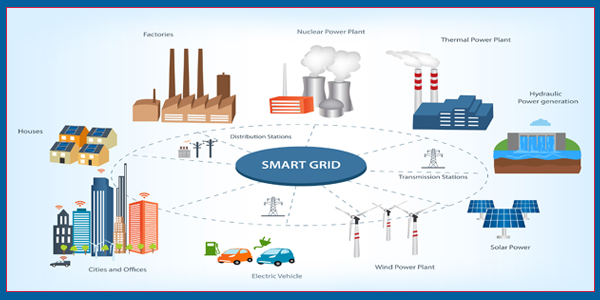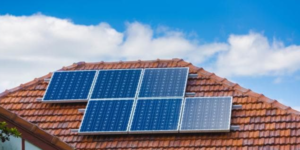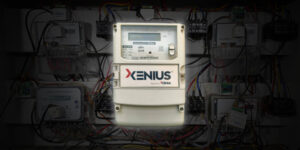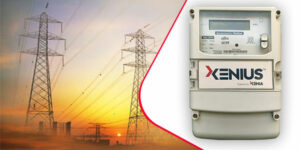With dwindling coal stocks and reduced import volumes of the commodity, thermal plants are incapable of coping up with the ever-increasing electricity demand in the country. This urgently calls for power conservation, which can be largely achieved by DISCOMS going for smart grids. Xenius’ smart grid, plug-n-play solution is the ideal choice in that regard.
What is a smart grid?
An smart grid that has advanced technological tools installed optimises energy use to increase performance and efficiency while reducing waste. And just to refresh your memory, deep tech is technology that tries to spur advancements that improve the world.Deep tech is used to make energy usage, systems, sources, and other aspects of the energy dilemma better in order to tackle it by making existing practises more effective and providing alternatives.Sensors built into smart grids gather information on all facets of grid-wide energy use. These grids provide instant responses to situations in real-time by including sophisticated technologies like automation and two-way data transfer.This will enable them to control the flow of energy, comprehend and take advantage of trends in energy consumption, and confine any issues (such as blackouts) to the area in which.
India is undergoing severe energy crisis; facing a crunch of more than 1,200 million units of electricity per month as on October, 2021, according to experts. The shortage is, primarily, caused by limited stocks of coal with thermal power plants, which are responsible for generating more than 70 pc of electricity in the country. There are 135 thermal power plants across India.
The coal shortage is compounded by a steep decline in the import of the commodity due to its skyrocketing prices post-pandemic. Ironically enough, while the coal imports have plummeted over 38 per cent, the electricity demand in the country has increased by more than 24 per cent. The states most affected by this shortage are Punjab, Rajasthan, Gujarat, Uttar Pradesh and the Union Territory of Jammu & Kashmir.
How can Smart Grids help the energy crisis?

The energy crisis can be addressed in a number of important ways via smart grids. Smart grids can: with the technology we have today:
- Ironically enough, while the coal imports have plummeted over 38 per cent, the electricity demand in the country has increased by more than 24 per cent.
- The energy crisis has made it incumbent upon power distribution companies to shift to a smart system that can not only track electricity consumption but also prevent its theft and wastage.
- Xenius smart system collects data in real time, analyses it, provides real-time visualisation, deviations, actionable insights, alerts and much more, and reports it back to the DISCOMs.
- For a country of its size, where electricity demand is perpetually on the rise, India cannot depend on thermal power plants to cater to its massive energy requirement.
The acute energy crisis has made it incumbent upon power distribution companies (DISCOMs) to shift to a smart system that can not only track electricity consumption but also prevent its theft and wastage. An ideal solution is provided by smart grid technology, pioneered by Xenius. Its smart grid, plug-n-play solution gives complete control to the distribution company. Xenius smart system collects data in real time, analyses it, provides real-time visualisation, deviations, actionable insights, alerts and much more, and reports it back to the DISCOMs.
Enhancing efficiency
When integrated with complementing technology, smart grids can benefit from many of their characteristics. One illustration is the Smart grid system, which can be incorporated into individual homes to deliver precise energy consumption figures and deter people from consuming excessive amounts of electricity.
With the advancements in technology, Internet of Things (IoT), and Artificial Intelligence (AI), these smart devices and sensors can track the electricity consumption and detect any leakages in the circuit. The system not only detects faults but also intimates the utility making the turnaround time impressive. It also helps DISCOMs to cut down the huge losses they incur due to faults and electricity thefts.
By conserving the energy with the use of such smart devices, DISCOMs can manage the 1,200 million units of electricity shortage, to some extent. The rest of the power requirement can be met by utilising renewable sources of energy, like wind and solar.
In any case, India will have to eventually turn to renewable sources of energy to generate electricity. For a country of its size, where electricity demand is perpetually on the rise, India cannot depend on thermal power plants to cater to its massive energy requirement. It’s time the Government realised the country needs smart grids across all DISCOMS, and that these are interconnected also, so as to handle the energy crisis it is grappling with at the present juncture.












